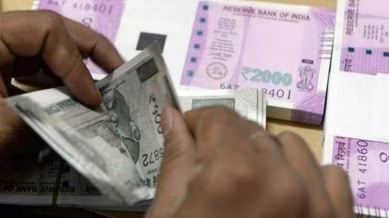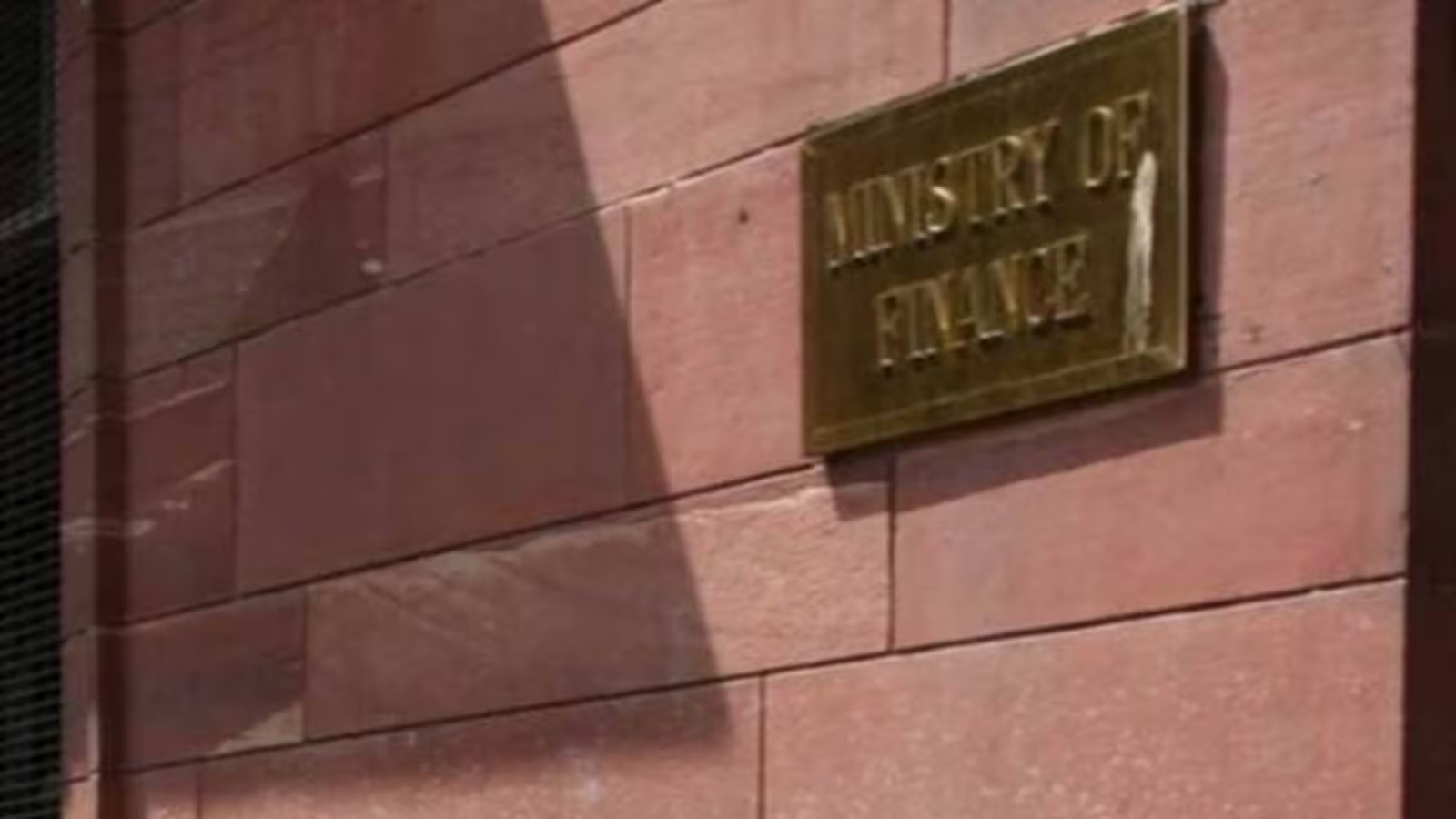Centre Releases Rs 680 Crore Finance Commission: The Union Government has recently released Rs 680.71 crore as the first installment of untied grants under the Fifteenth Finance Commission (XV-FC) for rural local bodies and Panchayati Raj institutions in West Bengal for the financial year 2025–26. The announcement, made by the Ministry of Panchayati Raj on October 6, aims to strengthen local governance and facilitate development initiatives across the state. These grants cover 3,224 gram panchayats, 335 block panchayats, and 21 zilla parishads, ensuring that funds reach grassroots institutions.
Over the financial years 2024–25 and 2025–26, a total of Rs 4,181.23 crore has been released to West Bengal, including Rs 2,082.13 crore as untied grants and Rs 2,099.10 crore as tied grants. Untied grants provide flexibility for local bodies to address location-specific needs, while tied grants are earmarked for specific essential services. The funding is expected to play a crucial role in local development, enhancing infrastructure, public services, and overall rural welfare.
The Finance Commission grants are part of a broader strategy to empower rural local bodies and Panchayati Raj institutions in India. By providing both untied and tied grants, the government enables local authorities to prioritize developmental projects while also ensuring essential services are adequately funded. These grants are expected to have a direct impact on improving rural infrastructure, healthcare, sanitation, and digital connectivity, fostering inclusive development at the grassroots level.
Details of Finance Commission Grants in West Bengal
1. Untied Grants: Flexibility for Local Needs
Untied grants are flexible funds that can be used for a wide range of local needs across the 29 subjects of the Eleventh Schedule of the Constitution, excluding salaries and establishment costs. These funds support initiatives such as:
- Road and footpath construction and maintenance
- LED and solar street lighting projects
- Village playfields and recreational spaces
- Environmental protection measures
- Income-generating activities
- Digital connectivity improvements
- Crematorium maintenance
These projects are implemented based on local priorities identified through participatory planning, giving Panchayati Raj institutions the autonomy to address the unique developmental requirements of their communities.
Read about: Senate Finance Committee Clears Donald Korb as IRS Chief Counsel Nominee
2. Tied Grants: Funding Essential Services
Tied grants, in contrast, are earmarked for critical services that ensure the well-being of rural communities. They are used for:
- Sanitation and maintenance of Open Defecation Free (ODF) status
- Drinking water supply and rainwater harvesting
- Water recycling and stormwater drainage management
- Addressing waterlogging issues in villages
By focusing on essential services, tied grants ensure that rural citizens have access to fundamental amenities necessary for a healthy and safe environment.
3. Health Sector Grants for Diagnostic Infrastructure
In addition to the untied and tied grants, the Centre released Rs 151 crore as a health sector grant for the year 2024–25 under the XV-FC component “Support for Diagnostic Infrastructure to the Primary Healthcare Facilities for the Sub-Centres (For Rural)”.
The grant is intended to fully equip primary healthcare facilities in rural areas to provide essential diagnostic services, strengthening healthcare at the grassroots level and benefiting citizens in villages where Panchayati Raj institutions are functioning.

Finance Commission Grants in Andhra Pradesh
The Centre has also released the Fifteenth Finance Commission grants for rural local bodies in Andhra Pradesh. The first installment of untied grants amounting to Rs 410.76 crore has been disbursed to:
- 13 district panchayats (zilla praja parishads)
- 650 eligible block panchayats (mandal praja parishads)
- 13,092 eligible gram panchayats out of 13,327 GPs
These grants aim to strengthen local governance in Andhra Pradesh, ensuring rural communities have the resources needed for infrastructure development, healthcare, sanitation, and other essential services.
Conclusion
The release of Finance Commission grants marks a significant step towards strengthening Panchayati Raj institutions and empowering rural local bodies in West Bengal and Andhra Pradesh. By providing both untied and tied funds, the government ensures that local priorities are addressed while essential services continue to be maintained.
For West Bengal, the Rs 680.71 crore first installment for 2025–26 will help implement development projects across thousands of panchayats, block panchayats, and zilla parishads, directly benefiting rural citizens. The untied grants provide flexibility for local projects, while tied grants focus on critical services like sanitation, drinking water, and water management.
The health sector grant of Rs 151 crore highlights the government’s focus on improving diagnostic infrastructure in primary healthcare facilities, which will enhance rural healthcare delivery. These measures are expected to strengthen the grassroots governance ecosystem, improve public services, and foster inclusive development.
As Finance Commission grants continue to be disbursed, rural local bodies are better equipped to plan, execute, and sustain initiatives that address both developmental and essential needs, contributing to the overall socio-economic growth of rural India.
Also read: New Study Links Weight Loss Drugs to Better Liver Health Outcomes
FAQs Of Centre Releases Rs 680 Crore Finance Commission
1. What are Finance Commission grants, and why are they important?
Finance Commission grants are funds allocated by the Union Government to local bodies under the recommendations of the Finance Commission. They are crucial for empowering rural local bodies, supporting infrastructure development, essential services, and healthcare, and enabling local governments to address specific needs at the grassroots level.
2. What is the difference between untied and tied grants?
Untied grants are flexible funds that local bodies can use for a broad range of development projects, excluding salaries. Tied grants are earmarked for specific essential services, such as sanitation, drinking water supply, stormwater drainage, and other critical initiatives.
3. How much has West Bengal received under the XV-FC grants for 2024–26?
West Bengal has received a total of Rs 4,181.23 crore, including Rs 2,082.13 crore as untied grants and Rs 2,099.10 crore as tied grants. For 2025–26, the first installment of untied grants is Rs 680.71 crore.
4. What projects can be funded using untied grants?
Untied grants can be used for road and footpath construction, LED and solar street lighting, village playfields, environmental initiatives, digital connectivity, income-generating projects, and crematorium maintenance, among other locally prioritized development activities.
5. How will health sector grants improve rural healthcare?
Health sector grants, like the Rs 151 crore released to West Bengal, are designed to strengthen diagnostic infrastructure in primary healthcare facilities. This ensures rural citizens have access to essential diagnostic services, improving early detection and treatment of health conditions in villages.

1 thought on “Centre Releases Rs 680 Crore Finance Commission Grant for Local Bodies in West Bengal”